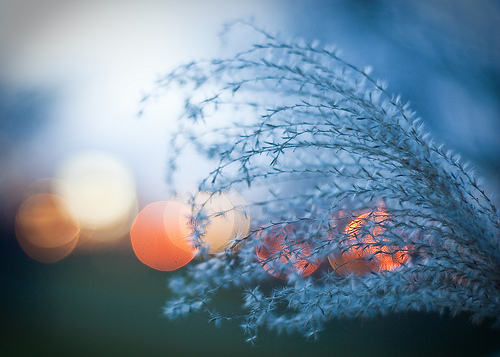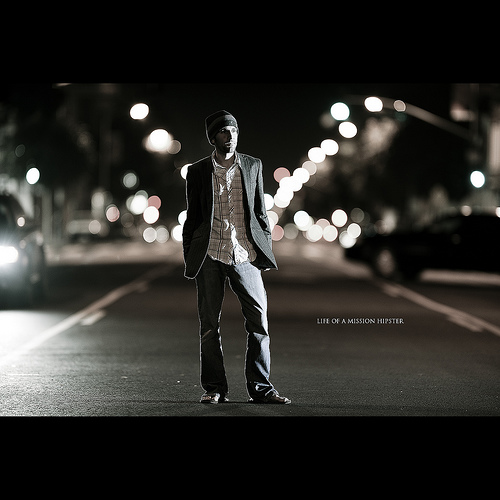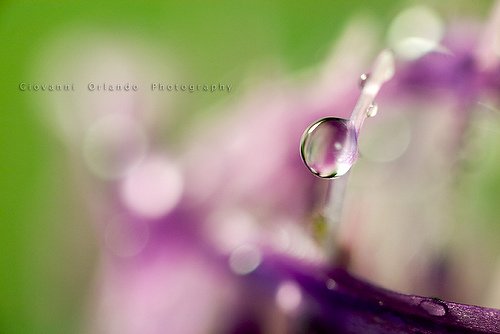
Bokeh is just awesome. The aesthetic blur of out of focus lights make up for a perfect background for adding that dreamy look and feel to the portraits. Also it works wonders for nature photography as well — the close-up flower photographs and selectively focused landscape shots. While it may look that you have to be technically sound and photographically skilled & talented to create the beautiful bokehs, it is just a matter of four things — focal length, distance of subject from the background, distance of subject from you and the aperture. So, let’s check out how these four things affect in capturing beautiful bokehs off bright backgrounds.
-
You Get Great Bokeh Effect At Wider Aperture
Fast lenses are good at creating the bokeh effect. Not because it allows a lot of light in, sheerly because of the lower f-numbers. f/1.2, f/1.4, f/2.8 and the likes allow you to photograph the shallow depth of field, which is the very essence of creating the bokeh effect as bokeh is nothing but the aesthetic quality of out-of-focus blur. One thing to take from here is — the smaller the f-number, wider the aperture, shallower the depth of field. And it is the shallow depth of field which beautifully blurs the background and occasionally compliments the subject with pleasing circular discs of the out of focus lights.

-
Bokeh Depends On The Lens’s Focal Length
Bokeh is directly affected by your lens’s focal length. If you have a zoom lens you can try experimenting with shooting the subject by simply varying the focal length. As an inference you will observe that at longer focal lengths the background becomes blurrier. This is so because when you increase the focal length; i.e, say from 18mm to 50mm and then to 200mm on your 18mm-200mm lens, the background is enlarged relative to the subject and thus out-of-focus blur also magnifies. Thus at higher focal lengths, you get greater degree of background blur. So, zoom in and shoot the tight crops to capture pleasing out-of-focus blur.

-
Bokeh Is Inversely Related To Subject’s Distance From The Background
The next big thing which makes the difference is the subject’s distance from the background. Bokeh is inversely related to the subject’s distance from the background — farther the subject from the background, blurrier the background, more the chances of photographing pleasing out of focus blur.

-
Distance Between Your Subject And You Also Matters
Along with the distance of subject from the background, distance of subject from the camera also matters. The closer you get to the subject, shallower the depth of field will be. It is the same principle that applies to the human vision; i.e, the way human eyes see. Let’s do a simple exercise right away. Place your finger in front of your computer. Focus on the finger and move it closer to your eyes. You will observe that as you move the finger closer, the computer in the background blurs effectively. Thus closer the subject to you, better the bokeh effect.

While these are the most important things which contribute in getting the bokeh effect, it is also the lens quality and brightness of the background that determines the quality of the bokeh. But as a beginner, getting these things right is all that matters for adding some awesome bokehs in your collection. Time to check out the beginner tips for photographing the bokeh effect & some interesting bokeh examples. Don’t forget to share your’s in comments.

